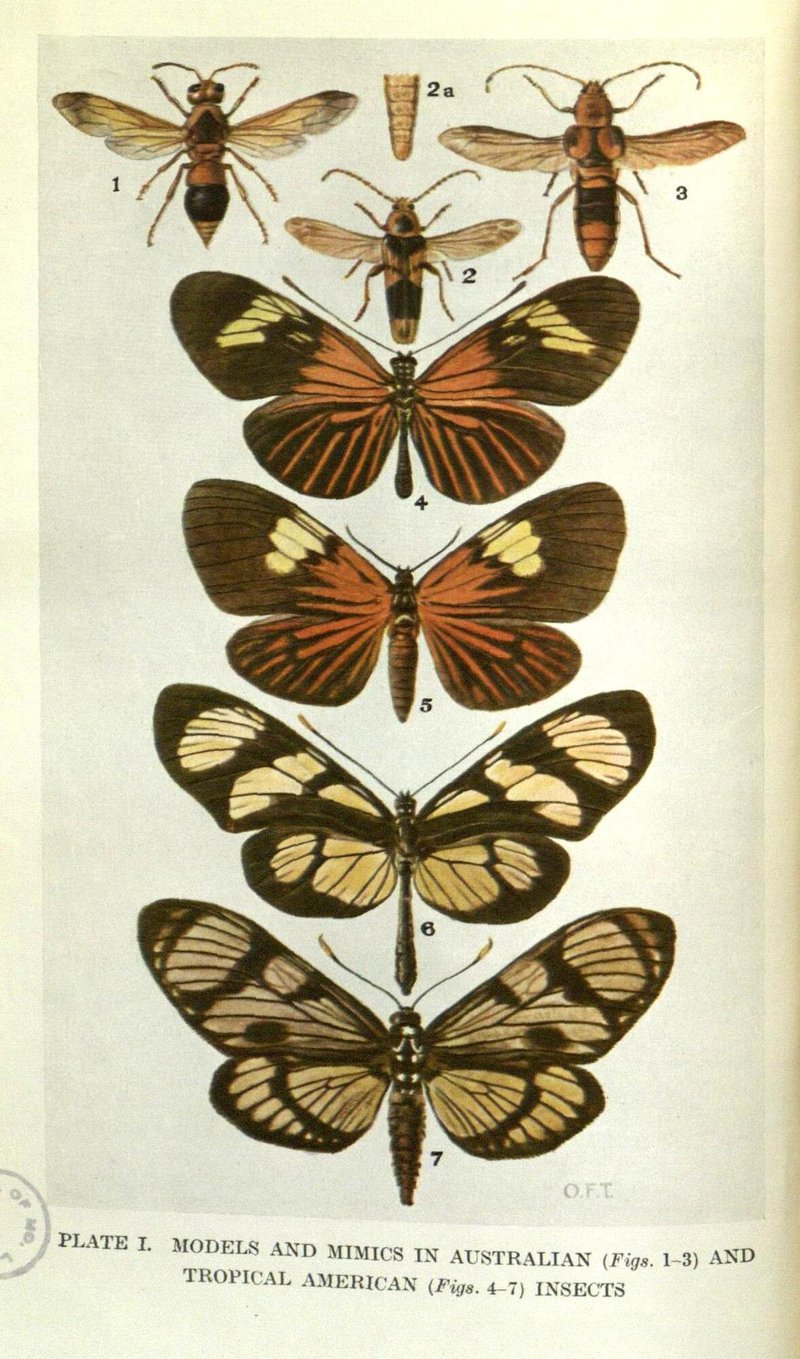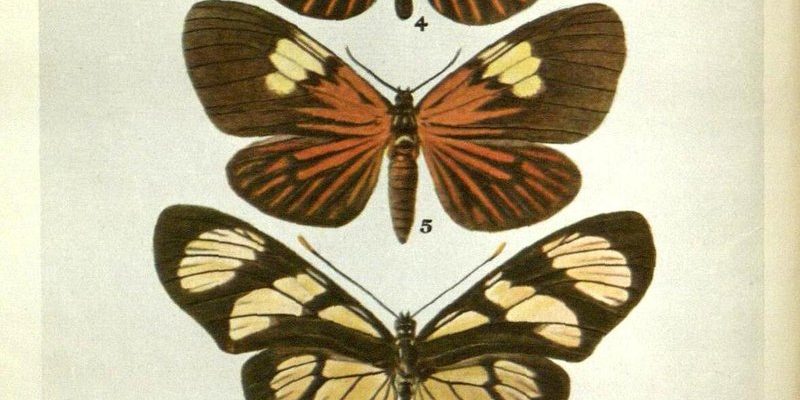
Imagine sitting in a cozy café, sipping on your favorite warm drink, and chatting about how today’s fishers are the descendants of ancient carnivores that roamed the Earth millions of years ago. It’s fascinating to think that these critters have been part of a much larger narrative, adapting and evolving through time. So, grab that drink, and let’s explore how the fisher’s journey has shaped its existence today.
What Is a Fisher?
Before we get too deep into the evolutionary timeline, let’s clarify what a fisher actually is. Fishers (Pekania pennanti) are medium-sized mammals belonging to the weasel family, Mustelidae. You might confuse them with their cousins like otters or badgers, but fishers have unique traits that set them apart.
These creatures are known for their sleek bodies, sharp claws, and rich, chocolate-brown fur. They are fantastic climbers and often hunt in trees. If you’ve ever watched one leap nimbly from branch to branch, you’d understand why they’re sometimes called “tree weasels.” Their keen senses and agility make them adept predators, primarily hunting snowshoe hares but also enjoying a varied diet that includes birds, rodents, and even fruits.
Fishers are native to North America, thriving mostly in the northern forests of the continent. Their adaptability to different habitats—ranging from dense woodlands to mixed forests—has allowed them to flourish in various environments, making them quite an intriguing species.
A Glimpse into the Ancestors
To understand the fisher, we need to journey back about 10 to 20 million years. The ancestors of today’s fishers belonged to a group of carnivorous mammals that emerged during the Miocene epoch. This group included early mustelids, a family that would eventually give rise to various species, including otters, ferrets, and of course, fishers.
During this time, the Earth was undergoing significant changes. Forests were expanding, and with these lush environments came new predators and prey. The diversification of habitats allowed early mustelids to adapt, leading to the development of traits that benefit today’s fishers, such as sharp claws for climbing and agility for hunting.
It’s fascinating to think about how these early mammals had to adapt to survive. They faced competition from other carnivores and changing climates. Those that developed better hunting skills and agile bodies eventually thrived, laying the groundwork for the fishers we know today.
The Rise of the Modern Fisher
Fast forward a few million years, and you’ll find that by the late Pleistocene epoch, the fisher as we recognize it began to take shape. These were times of significant climate fluctuations that tested wildlife across North America. Fishers adapted by evolving to hunt more efficiently in the diverse ecosystems fostered by this shifting climate.
Here’s the thing—early fishers were not the only game in town. They cohabitated with larger predators, like wolves and cougars, which meant they had to develop cunning strategies for survival. They became adept at climbing trees to escape threats and found refuge in hollows, adding a layer of safety while they hunted for food.
The ability to climb also allowed fishers to pursue prey that other ground-dwelling carnivores couldn’t reach. This unique niche enabled them to diversify their diet further and become even more skilled hunters, leading to their current status as top predators in forest ecosystems.
Conservation and Current Challenges
Despite their remarkable adaptability, fishers face challenges today. Deforestation and habitat fragmentation have significant impacts on their populations. As forests shrink, so do the fishers’ hunting grounds. The loss of tree cover affects their ability to evade predators and find food, making conservation efforts crucial.
Interestingly, fishers were once considered nearly extinct in parts of the United States. Thanks to dedicated conservation efforts throughout the 20th century, their populations started to rebound, particularly in the northeastern states. These initiatives included habitat restoration and protection, which have helped create more suitable environments for the fishers to thrive once again.
Still, the fight isn’t over. Climate change poses new threats by altering habitats and food availability. Conservationists are actively working to monitor fisher populations and ensure their ecosystems remain healthy and sustainable.
Fishers in Culture and Folklore
Fishers have also found their way into cultural narratives and folklore. Native American tribes have historically recognized the fisher as a significant animal in their stories and teachings. Their cleverness and adaptability often symbolize resilience and resourcefulness, important traits in many cultures.
One story tells of the fisher’s cunning nature, depicting it as a clever trickster that outsmarted more powerful animals. This ties back to how the fisher navigates its environment and finds food, always relying on its wits and skills. These narratives not only celebrate the fisher but also educate people about the importance of living in harmony with nature.
Fishers have also been subjects of scientific research and conservation campaigns, becoming symbols of the fight for wildlife preservation. They remind us of the interconnectedness of ecosystems and the role each species plays in maintaining balance.
The evolutionary history of the fisher is a captivating tale of resilience, adaptation, and survival. From their ancient ancestors roaming the Earth millions of years ago to their unique adaptations that enable them to thrive today, fishers serve as a testament to nature’s ingenuity.
As we move forward, it’s essential to recognize the challenges they face and the steps we can take to protect them. By appreciating their history and their current plight, we can become advocates for conservation and ensure that fishers continue to flourish in the wild.
So, the next time you think of a fisher, remember the generations of evolution behind this remarkable creature. It’s not just a cute woodland animal; it’s a survivor with a story that spans millions of years—a journey that reflects the complexities of nature itself.

